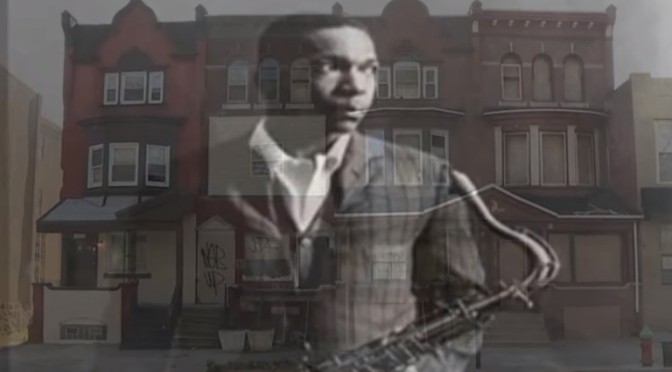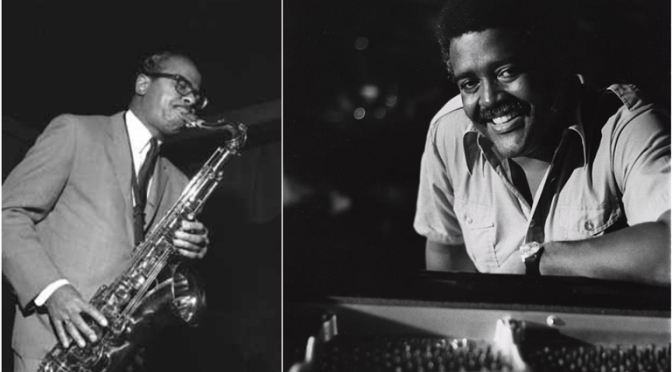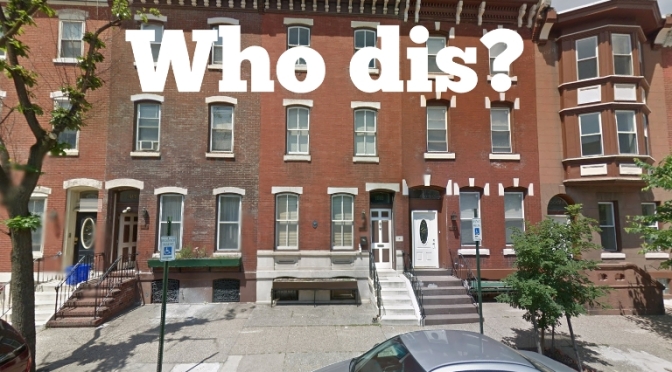Category Archives: Blog
Happy New Year
Labor Day 2021
Happy Labor Day!
RESPECT Sunday
Respect, starring Academy Award®-winner Jennifer Hudson, opens on Friday, August 13, 2021.
The Queen of Soul’s gospel roots and civil rights activism ran deep. Her father, Rev. C. L. Franklin, was a civil rights leader who mentored a young Martin Luther King Jr. Ms. Franklin toured the country with Dr. King and the Southern Christian Leadership Conference and used her voice to “deliver music for social justice.”
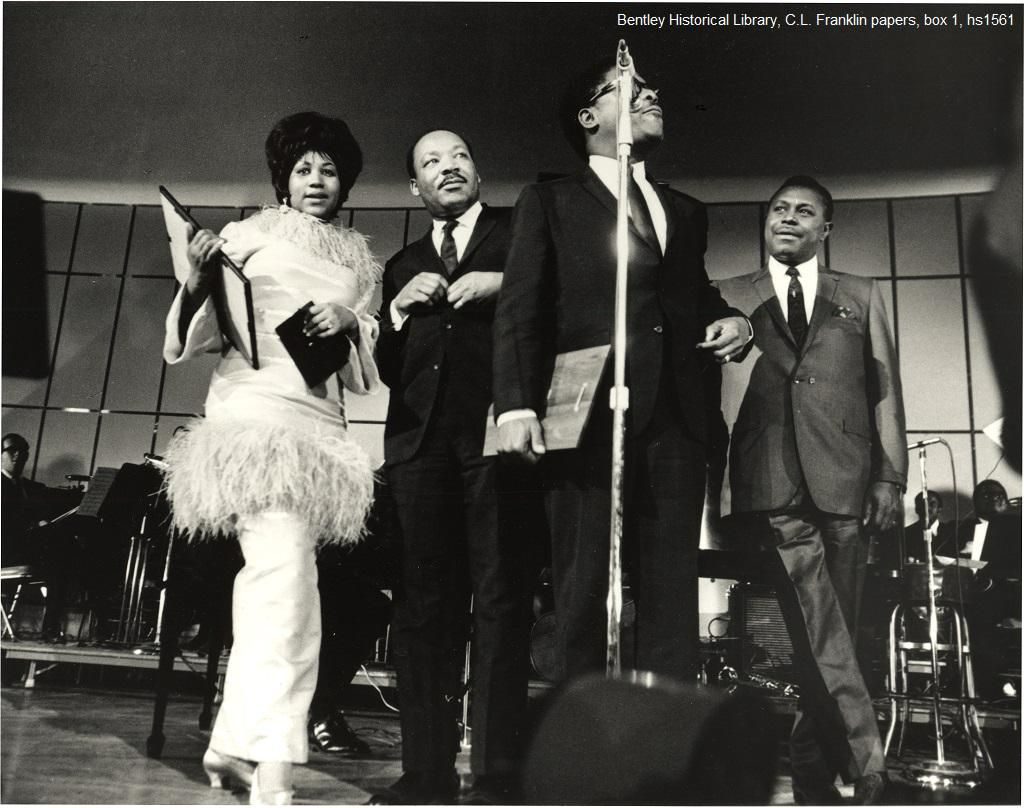
Ms. Franklin supported the Black Panther Party and the Free Angela Movement.
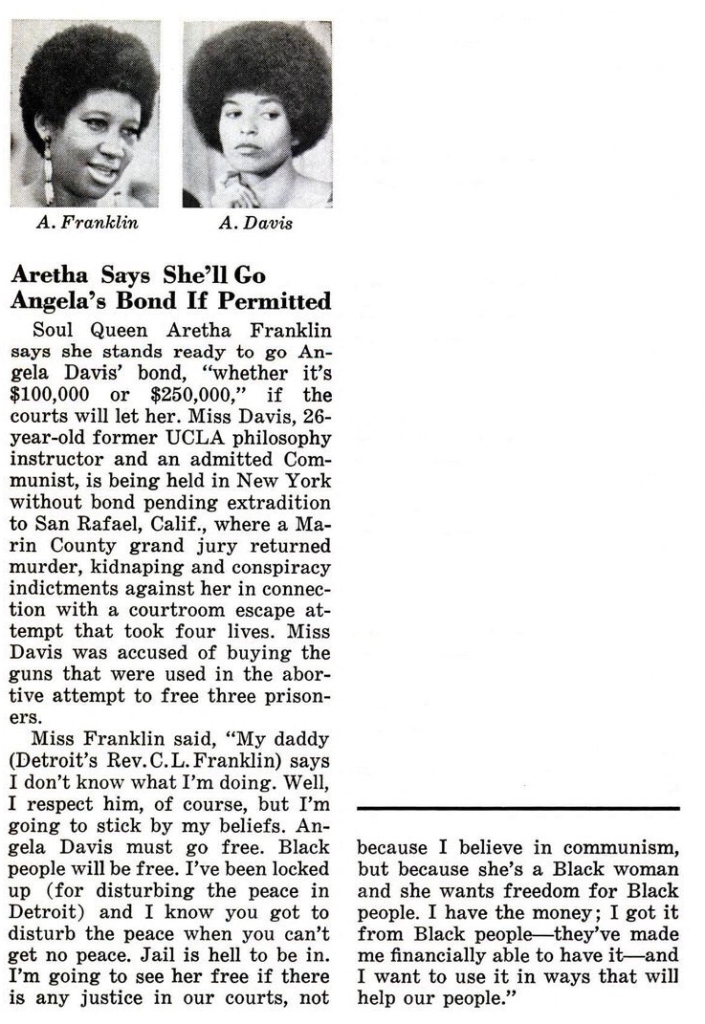
Congregations and organizations across the country will participate in RESPECT Sunday, “a nationwide campaign of faith leaders who will preach, teach, and share about themes of faith, family and civil rights that were deeply woven into the fabric of Ms. Franklin’s story in their worship services on Sunday, August 8, 2021.”
For more info and to sign up, visit bit.ly/RESPECTSunday.
John Coltrane Lives!
In February 2021, a notice was posted on 1509 N 33rd St. that the building will be demolished on or after March 10, 2021.

The property shares a party wall with the John Coltrane House which is listed on the Philadelphia Register of Historic Places. The Department of Licenses & Inspections (L&I) has long known about the deteriorating condition of 1509 N 33rd St. The National Historic Landmark was included on 2020 Preservation At Risk, in part, due to the condition of the adjacent property. We did not know what, if any, measures the demolition contractor had taken to protect the John Coltrane House.
L&I played Sergeant Schultz.
The Philadelphia Historical Commission did the “Philly Shrug.” They said they do not have the authority to require the owner to stabilize or brace the historic building. In essence, a faceless LLC that is here today and gone tomorrow can whack away at the John Coltrane House and let the bricks fall where they may. With no one holding the owner accountable, I did what I do. I made some noise.
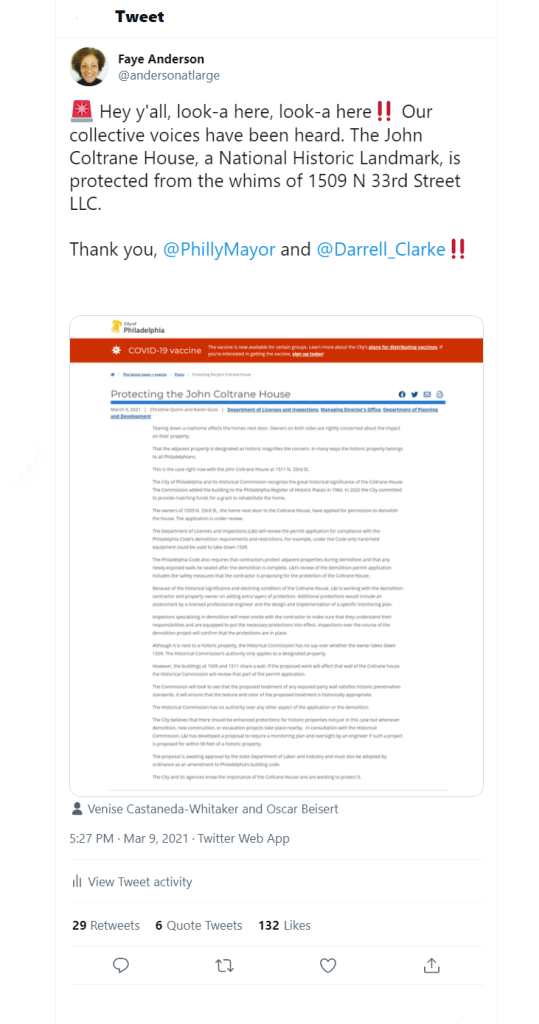
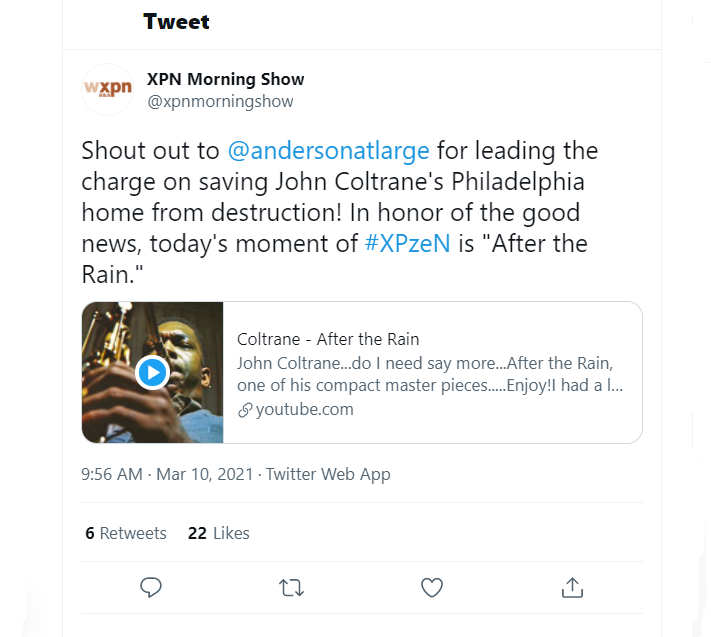
Fast forward to June 17, 2021, City Council passed Bill No. 210389 which would amend the Philadelphia Building Construction and Occupancy Code and provide safeguards for “work impacting historic structures.” The contractor must provide notice to the adjacent property owner, document the existing condition of all adjacent buildings, and submit a construction plan to L&I.
Mayor Jim Kenney signed the bill on July 15, 2021. The provisions go into effect on January 1, 2023. John Coltrane’s legacy will live on in the historic buildings and structures that will be protected from construction activity taking place next door. It’s wonderful!
Joe Pitts’ Musical Bar
Joe Pitts’ Musical Bar was located in his “hostelry,” the Pitts Hotel. Joe Pitts’ and Watts’ Zanzibar were mentioned in the August 24, 1946 issue of Billboard.

From Jazz.com:
Ray Bryant and [Benny] Golson played regularly in late 1946 with bassist Gordon “Bass” Ashford. They performed one night a week at Joe Pitt’s Musical Bar, and weekends at the Caravan Republican Club, for as long as six months at a stretch.
Yorktown Under Siege
General George Washington’s decisive victory over British forces in the Battle of Yorktown, aka Siege of Yorktown, was the turning point in the American Revolution. Yorktown, a North Philly neighborhood whose name is derived from the 1781 battle, is under siege.
The planned community was built between 1960 and 1969. Banker and developer Norman Denny acquired 153 acres of blighted blocks that were cleared by the Philadelphia Redevelopment Authority. Denny constructed 635 rowhouses that were marketed to first-time African American homebuyers with children. Yorktown provided suburban-style housing for Black families who did not have access to suburban tract houses due to discriminatory lending practices and residential segregation.


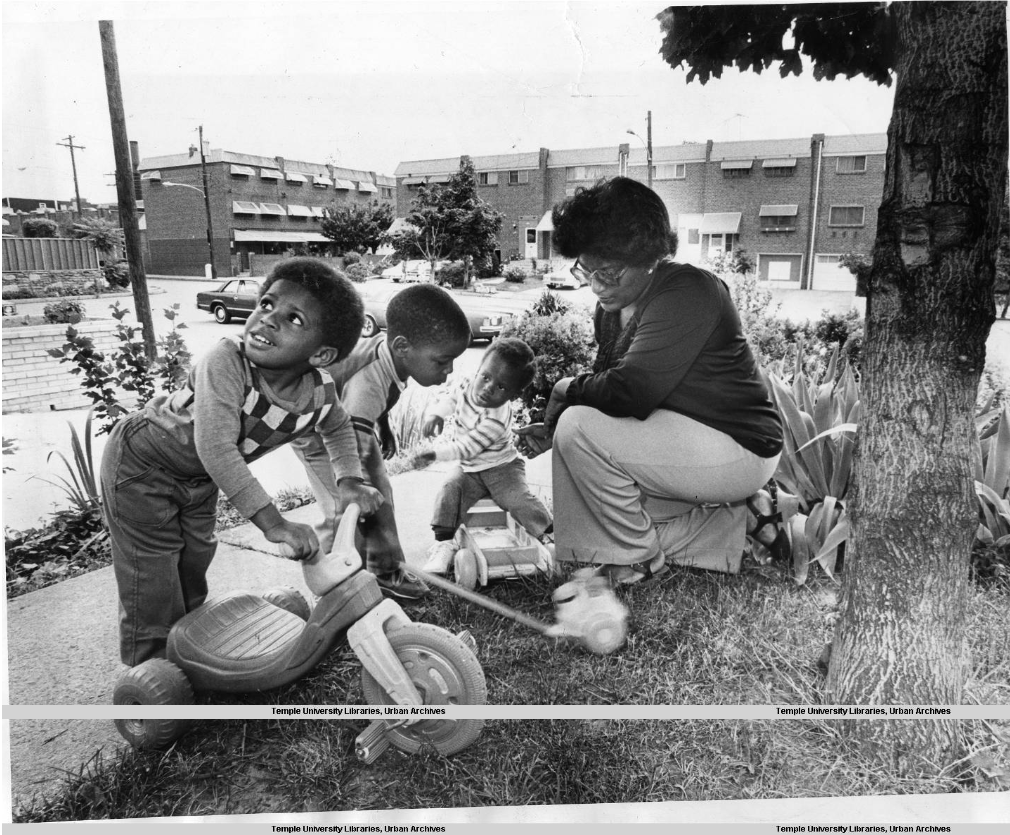
In an interview with Scribe Video Center’s Precious Places Community History Project, Bright Hope Baptist Church pastor and former congressman William H. Gray III said:
The church under the leadership of my father who was then the minister, Dr. William H. Gray Jr., got involved with the urban renewal project and joined forces with a man named Mr. Denny of the Lincoln [National] Bank … who had a radical idea. And the radical idea was that instead of building tenements, instead of building tall public housing, what he wanted to do was to build middle-income housing for homeownership. Everybody said you got to be crazy. This is one of the worst slum areas, inner-city, ghetto areas. African Americans don’t have money to buy houses.
Homebuyers included lawyer and civil rights activist Charles W. Bowser who is pictured raising the Yorktown flag. City Council proclaimed October 9, 2018 Charles W. Bowser Day “in recognition of his lifelong dedication to public service and his significant contributions to the African American community in Philadelphia.”
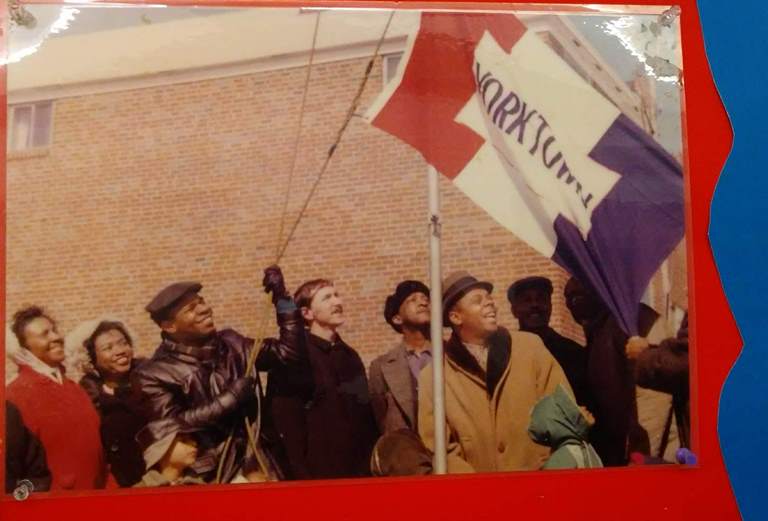
Grammy Award-winning singer Billy Paul lived on Kings Place.
Gospel pioneer and Rock and Roll Hall of Fame inductee Sister Rosetta Tharpe lived on Master Street.


Edmund N. Bacon, then-executive director of the City Planning Commission, planned Yorktown. Landscape elements that Bacon introduced in Society Hill are featured in Yorktown. In a progress report to Mayor James H.J. Tate, Bacon wrote:
Denny has finally put landscaping and play equipment in three of the central squares. These are really remarkable and exciting. I have the feeling that this is a unique project and that nothing of its kind has ever been built. I think it is an achievement worthy of some attention.
The project is indeed worthy of attention. The Yorktown Historic District was added to the National Register of Historic Places in 2012. It is one of urbanist Bacon’s crowning achievements.
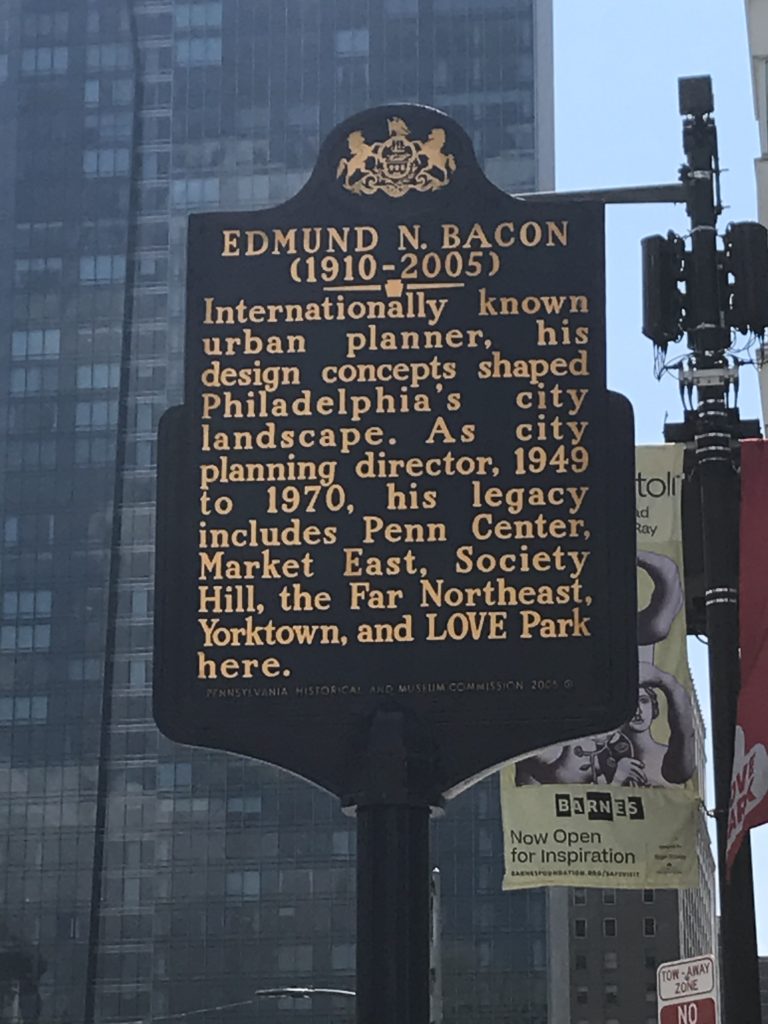
For two decades, Yorktown has attracted unwanted attention. The neighborhood is located immediately south of Temple University. In 2004, the Yorktown Community Organization, founded by Charles Bowser, sued 30 homeowners for illegal conversion of single-family homes into boarding/rooming houses for students. City Council subsequently amended the zoning code to create the North Central Philadelphia Overlay District to, i.a., “preserve and protect the area from the conversion of houses into multi-family buildings that have the potential to destabilize the area; and foster the preservation and development of this section of the City in accordance with its special character.”
Fast forward to today, proposed development projects have the potential to destabilize Yorktown with out-of-scale apartment buildings marketed to students and other transients. The neighborhood is low-rise, low-density by design.
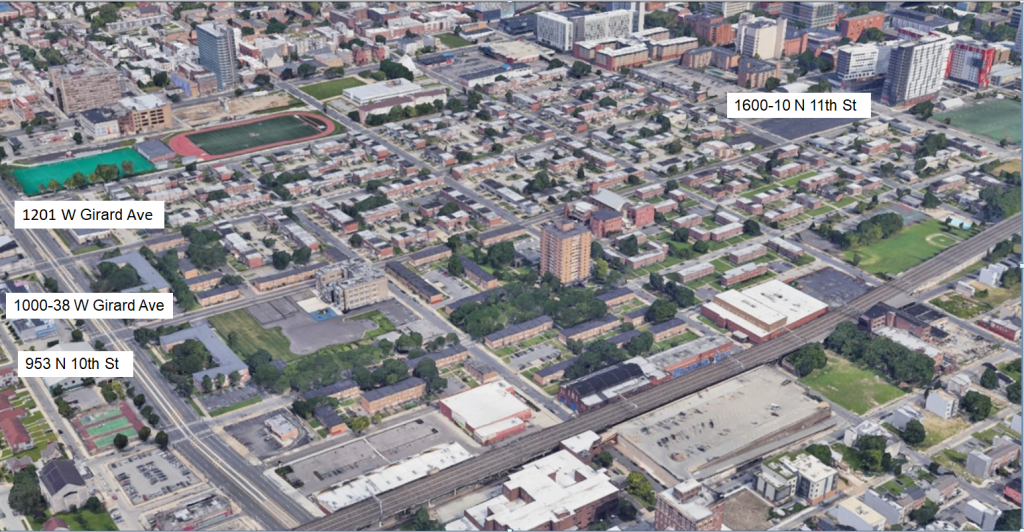
In June, City Council passed legislation to amend the zoning code and create the Girard Avenue Overlay District which would establish height controls. Joe Grace, spokesperson for Council President Darrell Clarke, told PlanPhilly, “The Council President wants to control density along the corridor to protect historic neighborhoods like Yorktown and West Poplar that are adjacent to Girard Avenue. Too much density along the corridors impacts quality of life for the adjacent neighborhoods that are full of single-family homes and long-term residents.”
Black homeowners are fighting to preserve the setting and feeling of the Yorktown Historic District. To paraphrase Revolutionary War Commander John Paul Jones, they have just begun to fight.
Gentrifiers and Black History in Philadelphia Update
Philadelphia is the best place to discuss race relations because there is more race prejudice here than in any other city in the United States.
— W. E. B. Du Bois, 1927
City Council passed a one-year demolition moratorium for six blocks of Christian Street in the most gentrified neighborhood in Philadelphia. The mayor is expected to sign the bill which is sponsored by Councilmember Kenyatta Johnson who is under federal indictment.
The purpose of the moratorium is to give the Preservation Alliance for Greater Philadelphia time to prepare the nomination for the proposed Christian Street Historic District. Architect Julian Abele and Rev. Charles Tindley are the most notable residents of that stretch of Christian Street. Abele and Tindley lived on the 1500 block but gentrifiers are pushing to designate six blocks. As I told a reporter with PlanPhilly, the proposed historic district trivializes Black history in an effort to preserve the historic fabric of blocks from which African Americans have been displaced:
However, Faye Anderson, a local historic preservationist who has focused on saving vulnerable Black historical sites, said she opposed the effort.
She said the district was an “excuse” to preserve some statelier buildings in a gentrified neighborhood that has become majority-white in recent decades. Anderson said a blanket designation for a thematic district based on the presence of some wealthier African American residents for a period of time in an otherwise segregated neighborhood was “trivializing” to the city’s wider Black history.
Historic preservation is about storytelling. The period of significance of proposed Christian Street Historic District, aka Doctor’s Row, spans the Great Migration, the Great Depression, President Franklin D. Roosevelt’s New Deal and World War II. Doctor’s Row would memorialize a minuscule number of Black professionals who moved on up from racially segregated blocks in the 7th Ward to racially segregated blocks with nicer rowhouses in the 30th Ward.
While the elites of Doctor’s Row were serving tea, NAACP Executive Secretary Carolyn Davenport Moore was serving justice. Prior to 1944, Philadelphia Transportation Company (PTC) consigned Black workers to jobs as porters, messengers or tracklayers. The positions of motorman and trolley operator were for white workers only. Moore organized protest marches. The NAACP filed complaints with the Fair Employment Practices Committee on the grounds PTC’s hiring practices violated Executive Order 8802 which banned discrimination in the defense industry.



The NAACP prevailed in the first civil rights battle of the modern era. Legendary drummer Philly Joe Jones was a drum major for justice. He was in the first group of eight African American trolley operators.
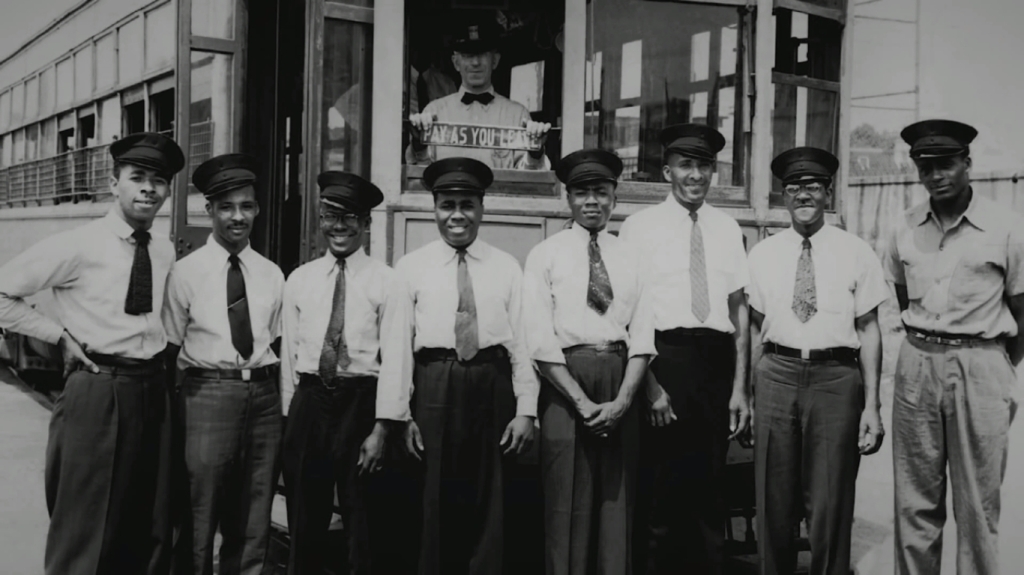
Philly Joe later moved to New York City where he likely spent time on Striver’s Row. The two blocks of rowhouses were home to, among others, jazz luminaries. Striver’s Row was designated the St. Nicholas Historic District in 1967 and added to the National Register of Historic Places in 1975. Striver’s Row represents a Who’s Who of Black America. By contrast, Doctor’s Row has Black folks asking: Who dis?

For updates, follow me on Twitter @andersonatlarge.

Jazz is Black Music
This is your annual reminder that jazz is Black music. The demographics of those who get gigs, grants, fellowships, teaching opportunities, etc., are radically different from those who created jazz. But don’t get it twisted. They are enjoying the fruit of a tree which they didn’t plant. Jazz pianist, arranger and composer Mary Lou Williams drew a picture for the slow learners.
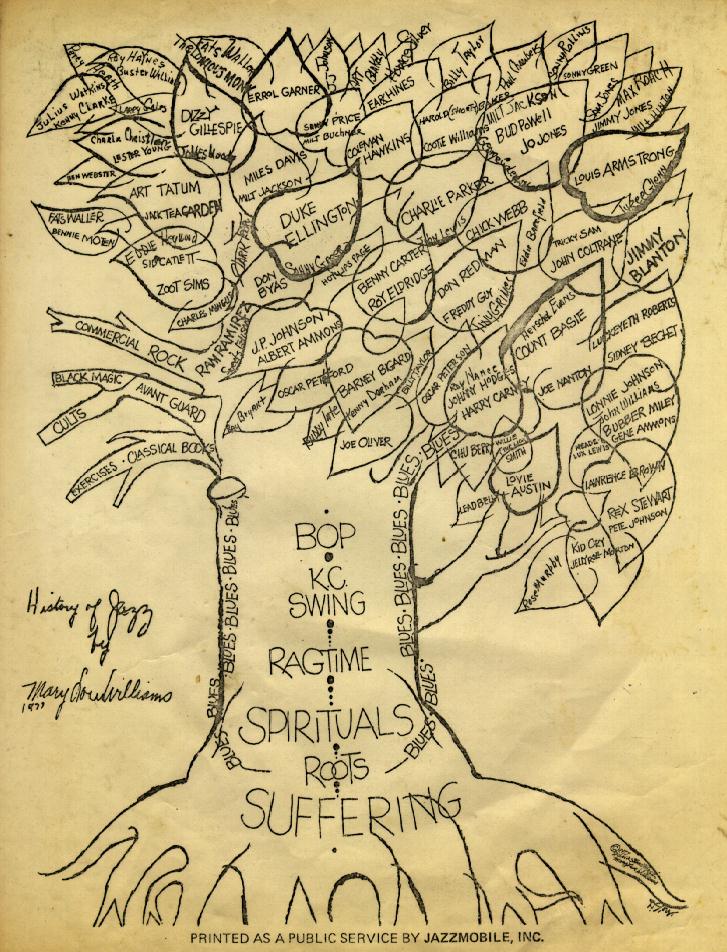
A race man, Duke Ellington said, “Dissonance is our way of life in America. We are something apart, yet an integral part. … I am trying to play the natural feelings of a people.”
A 1959 film, The Cry of Jazz, sparked controversy when one of the characters asserted that “jazz is merely the Negro’s cry of joy and suffering.” The character, Alex, explained that “the Negro was the only one with the necessary musical and human history to create jazz.”
The film was added to the National Film Registry of the Library of Congress in 2010. The films selected are considered “culturally, historically or aesthetically significant, to be preserved for all time. These films are not selected as the ‘best’ American films of all time, but rather as works of enduring significance to American culture.”
Jazz is Black music, point, blank, period.
Gentrifiers and Black History in Philadelphia
The first enslaved Africans were brought to Philadelphia in 1639. Philadelphia was the center of organized resistance to slavery. A visit to the National Museum of African American History and Culture shows that the African American story cannot be told without Philadelphia.
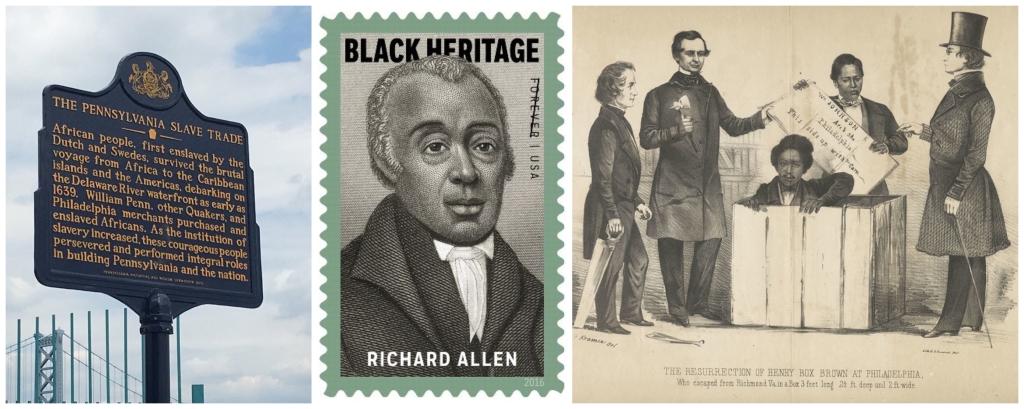
In a city with Black National Historic Landmarks and National Underground Railroad Network to Freedom sites, gentrifiers in the most gentrified neighborhood have proposed that six blocks – 1400 to 2000 Christian Street – be designated Philadelphia’s first “Black-themed” historic district. The notables who lived on this stretch of Christian Street are largely unknown but they lived in elegant townhouses. The 1300 block of Christian Street is not included in the proposed historic district because it is lined with basic rowhouses. The Bessie Smith House is located at 1319 Christian Street.

Philadelphia has a demolition crisis. Gentrifiers are exploiting Black history to preserve the historic fabric of the blocks from which African Americans have been displaced. If it is about Black history and culture, how do you exclude the Empress of the Blues? Download my statement on the proposed “Black-themed” historic district here.






